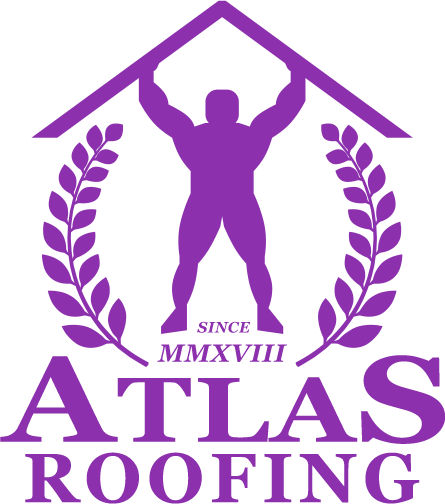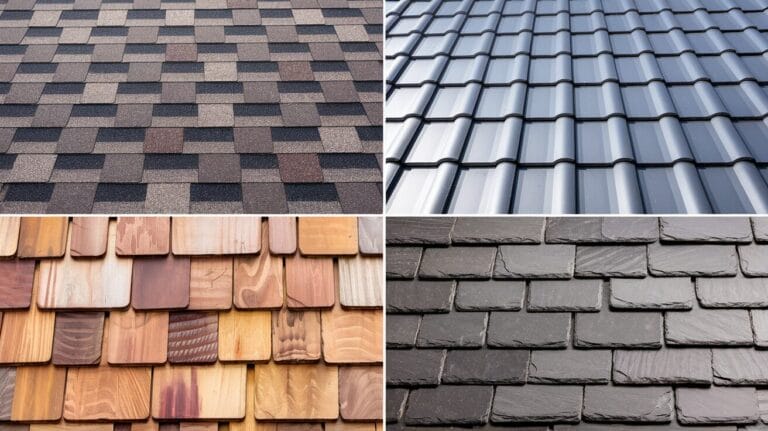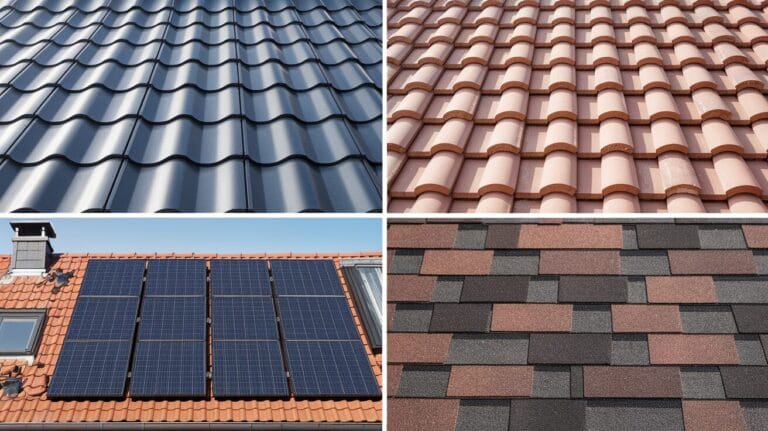
Roof trusses are a critical structural component in modern construction, offering a sturdy framework that supports the roof’s weight and ensures the stability of the building. However, like any structural system, roof trusses are susceptible to various issues over time.
Understanding these problems and their solutions can save you from costly repairs and ensure the longevity of your roof. In this post, we will explore common roof truss problems and practical ways to address them.
What Are Roof Trusses?
Before delving into potential problems, it’s essential to understand what roof trusses are. Roof trusses are prefabricated, triangular frameworks made from wood, steel, or a combination of materials. They distribute the weight of the roof evenly to the building’s walls, providing structural integrity and support. Their design allows for efficient weight distribution, minimizing material usage while maximizing strength.
While they are designed to be robust and durable, various factors can compromise their integrity over time.
Common Problems with Roof Trusses
1. Moisture and Water Damage
Problem: One of the most frequent issues with roof trusses is moisture infiltration. Prolonged exposure to water can weaken wooden trusses, leading to rot, mold growth, and eventual structural failure. For metal trusses, moisture can cause rust and corrosion.
Solution:
- Prevention: Ensure proper roof ventilation and use high-quality waterproofing materials.
- Repair: Replace damaged sections of the truss or treat them with water-resistant coatings. For minor mold, clean and apply fungicides.
2. Pest Infestations
Problem: Wood-boring insects such as termites and carpenter ants can compromise the structural integrity of wooden trusses. These pests can weaken the wood, making it prone to collapse.
Solution:
- Prevention: Apply insect-resistant treatments to wooden trusses and conduct regular inspections.
- Repair: If the infestation is localized, remove and replace the affected sections. For severe infestations, fumigation might be necessary.
3. Overloading and Improper Weight Distribution
Problem: Roof trusses are engineered to handle specific loads. Overloading from additional roofing materials, HVAC systems, or storage in the attic can cause sagging or cracks.
Solution:
- Prevention: Consult structural engineers before adding extra loads to the roof.
- Repair: Reinforce the trusses with additional bracing or replace overburdened trusses entirely.
4. Improper Installation
Problem: Poorly installed roof trusses can lead to misalignment, weak joints, or insufficient support. This often results in uneven weight distribution and structural vulnerabilities.
Solution:
- Prevention: Hire experienced professionals for installation and ensure adherence to building codes.
- Repair: Correct alignment issues and reinforce joints with metal connectors or additional bracing.
5. Cracking and Splitting
Problem: Over time, wooden trusses can develop cracks and splits due to natural aging, excessive stress, or environmental factors like temperature fluctuations.
Solution:
- Prevention: Use high-quality materials and sealants during construction.
- Repair: For minor cracks, use wood fillers and adhesives. Replace severely damaged components.
6. Structural Shifts
Problem: Foundation issues, seismic activity, or ground settlement can lead to shifting of the building’s structure, affecting the alignment and stability of roof trusses.
Solution:
- Prevention: Conduct regular inspections of the building’s foundation.
- Repair: Reposition or reinforce the trusses to restore alignment. Address the root cause of the structural shift to prevent recurrence.
7. Corrosion in Metal Trusses
Problem: Metal roof trusses are vulnerable to corrosion, especially in areas with high humidity or salt exposure. Corrosion can weaken the metal and reduce its load-bearing capacity.
Solution:
- Prevention: Apply anti-corrosion coatings and ensure proper ventilation.
- Repair: Remove corroded sections and replace them with new materials. Treat remaining metal surfaces with rust inhibitors.
How to Maintain Your Roof Trusses
Regular maintenance can prevent many of the issues outlined above. Here are some tips:
- Conduct Regular Inspections: Inspect your roof trusses at least twice a year and after severe weather events.
- Address Leaks Promptly: Repair roof leaks immediately to prevent water damage.
- Monitor for Pests: Keep an eye out for signs of pest infestations, such as sawdust or hollowed wood.
- Ensure Proper Ventilation: Adequate airflow can help prevent moisture buildup.
- Avoid Overloading: Be mindful of the weight limits of your roof trusses when adding fixtures or storage.
Conclusion
Roof trusses are vital to the structural integrity of any building, but they are not immune to wear and tear. By understanding common problems such as moisture damage, pest infestations, and overloading, homeowners and builders can take proactive measures to address these issues. Regular maintenance and prompt repairs can extend the lifespan of roof trusses and ensure the safety of your home or structure.
If you suspect problems with your roof trusses, consult a professional to assess the damage and recommend appropriate solutions. Remember, early intervention is key to preventing minor issues from escalating into major repairs.



